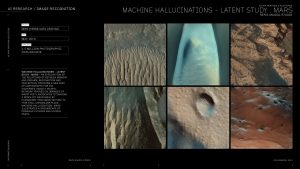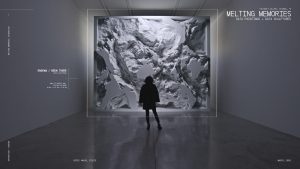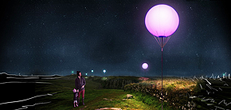Refik Anadol is digital media artist and director born in Istanbul, Turkey working at the intersection of parametric data sculpture and audio/visual fields in service of immersive ephemeral experiences. Anadol uses data structures and machine learning frameworks to develop experiential conditions that challenge typical orientations and attitudes towards spatial realities, thereby fundamentally shifting what it means to occupy and experience space. His installation work exemplifies the ephemeral nature of “non-digital reality”, that he references in his talk, an idea centralized by the destruction of the singularity, the championing of dynamism, and the triumph of the out of body experience. The networks between architecture, space, art, and computation are all brought into question as a result of Anadol’s work, and his talks suggest that conventional spaces can become canvases for the new digital realities that emerge from innovative computational techniques. One of Anadol’s recent works, Melting Memories, manifests as an all encompassing field condition that seemingly takes over the viewer. The workflow transposes EEG data into procedural noise forms, resulting in a highly dynamic and articulated formal development. As an architecture student interested in the intersection of these various ways of thinking, Anadol’s work and talk is highly intriguing and thought provoking, as it proposes new ways of thinking about space and computation. I intend to use the logic, workflows, and aesthetic attitudes as inspiration for my work going forward.


![[OLD FALL 2019] 15-104 • Introduction to Computing for Creative Practice](../../../../wp-content/uploads/2020/08/stop-banner.png)
